Exhibition Design
Bunker
Crafting a cohesive and bold visual narrative inspired by nuclear history and poetry.
A Visual Journey into the Nuclear Age
The Bunker: Stories and Poems from a Nuclear Age exhibition, created to celebrate the launch of the book co-edited by Daniel Cordle and Sarah Jackson, presented a unique challenge, calling for a harmonious blend of written word and visual elements.
The book explores themes of history, fear, and resilience during the Cold War. As the lead graphic designer, my task was to translate these powerful ideas into a compelling visual narrative within the haunting setting of a Cold War-era nuclear bunker.
Designing the Narrative
To achieve this, I designed a series of posters and an information board that integrated excerpts from the book with imagery of the bunker. My goal was to create a cohesive and engaging visual narrative, blending history, literature, and design into an immersive experience. By carefully balancing text and photography, I sought to reflect the profound themes of the book while capturing the stark atmosphere of the bunker itself, making the exhibition both thought-provoking and visually compelling.
Key Achievements at a Glance
Three days
of intensive work, transforming raw ideas into a fully realized visual narrative.
Two creative sessions
fueled by brainstorming and collaboration, ensuring seamless alignment with authors and organizers.
Design concepts proposed
each tailored to the atmosphere and themes of the bunker.
Creative problem-solving
Transformed initial concepts into an interactive and layered visual narrative.
Deliverables
a cohesive series of posters, an information board, and a unified visual identity for the exhibition.
Unforgettable experience
uniting literature, history, and design into an emotionally resonant story.
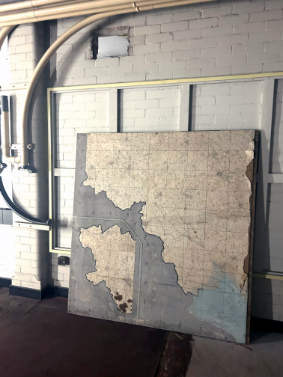
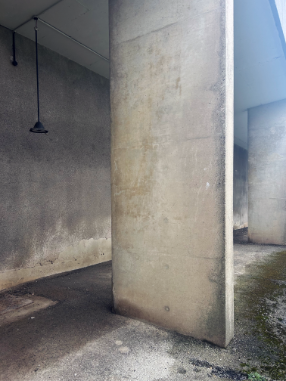
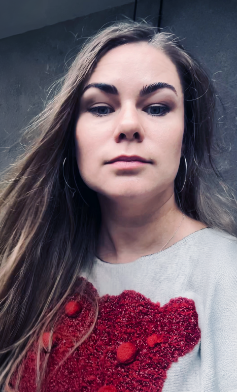
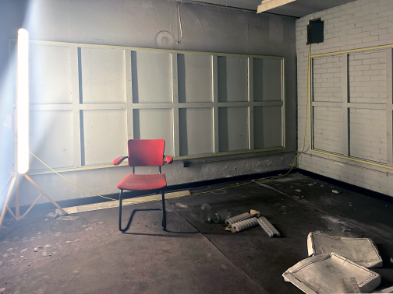
A Visual Journey into the Nuclear Age
The Bunker: Stories and Poems from a Nuclear Age exhibition marked the launch of a collaborative book by Daniel Cordle and Sarah Jackson. This unique project demanded a seamless integration of literature and design, transforming written reflections on history, fear, and resilience into a visually immersive experience. Set within a Cold War-era nuclear bunker, the setting became a powerful canvas for exploring the human stories shaped by this turbulent era.
From Concept to Creation
As the lead graphic designer, my focus was to craft a visual narrative that bridged the stark atmosphere of the bunker with the evocative texts from the book. Drawing inspiration from the very space where much of the work was conceived, I developed a series of posters and an information board that blended carefully curated excerpts with imagery of the bunker. This approach emphasized the profound connection between the stories and the environment that inspired them.
Immersive Storytelling
To root the exhibition in its unique setting, I prioritized creating a sense of presence for visitors. By integrating professional photographs of the bunker with the authors’ texts, I aimed to evoke the isolation and gravity of the Cold War era. The visual elements, informed by my personal visit to the site, captured its starkness, scale, and unique mystique, turning the bunker’s distinct character into a tangible part of the exhibition’s design.
Navigating Complexity
One of the main challenges was harmonizing the diverse styles and forms of the book's content—ranging from structured prose to freeform poetry and text-based maps. Each piece required a tailored approach to maintain its individuality while contributing to the overarching narrative. Thoughtful typographic choices allowed the rhythm of the poems and the tone of the prose to resonate authentically in the visual context.
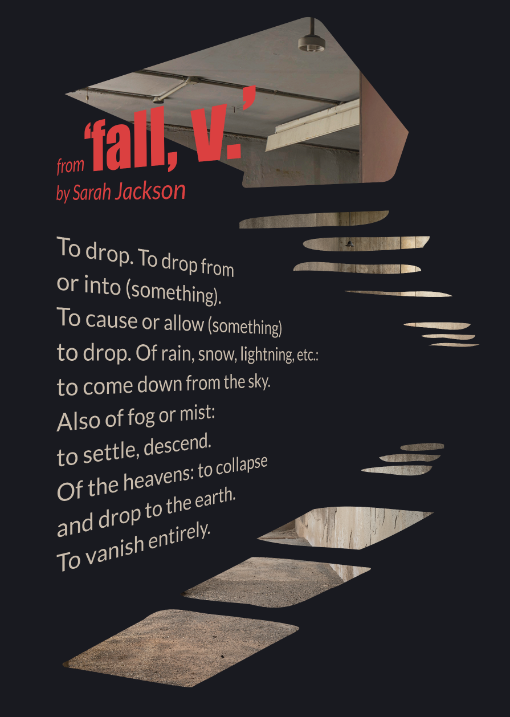
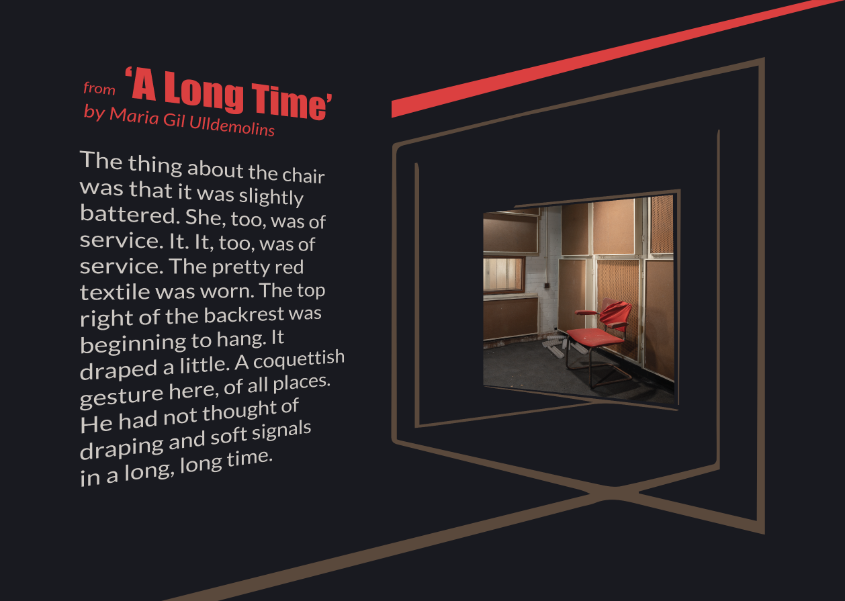
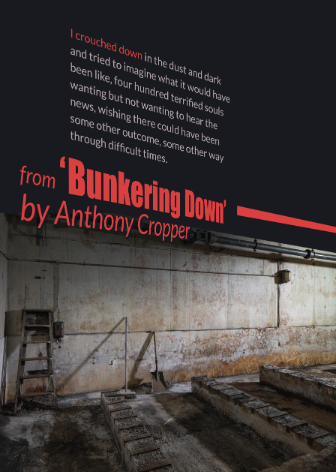
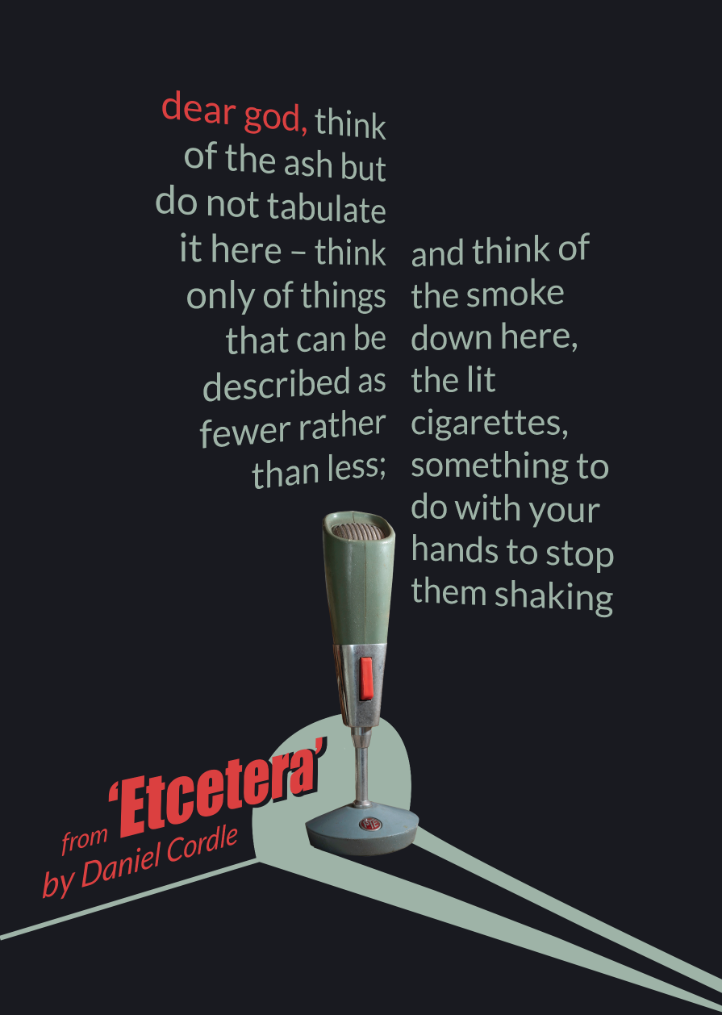
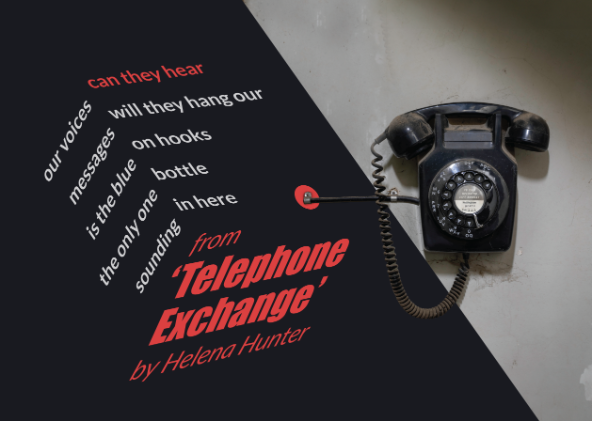
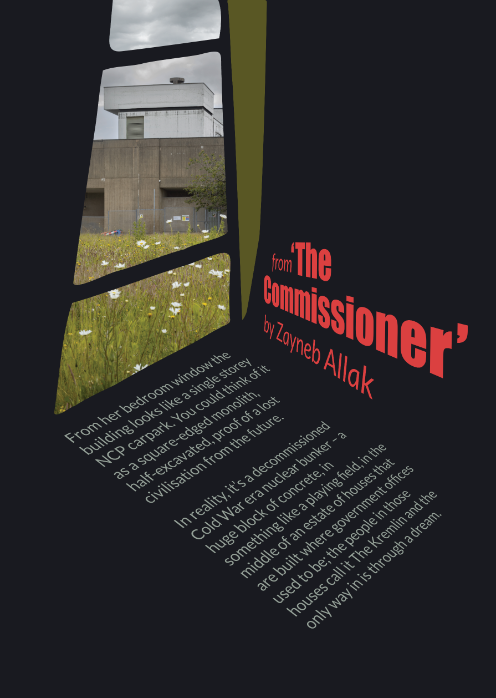
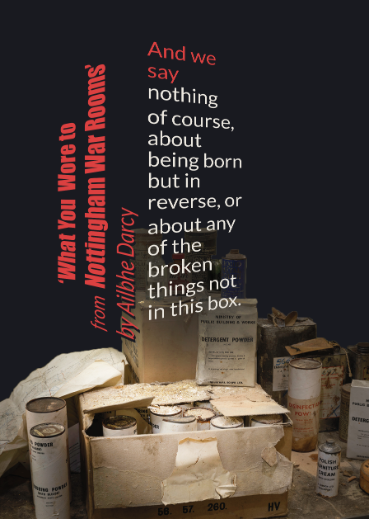
Innovative Design Choices
The original plan envisioned the photographs and text as separate components of the exhibition, with text accompanying images or existing independently. However, I proposed a different approach: weaving them together into a cohesive visual narrative that blurred the boundaries between literature, design, and space. Instead of simply placing text alongside images, I integrated the two elements seamlessly, creating layered compositions where one element enhanced the other.
My approach leveraged the idea of three-dimensional space to immerse the audience fully. Text extended across walls, ceilings, and perspectives within the photographs themselves. In some cases, I illustrated or extended parts of the bunker environment into the design, while in others, the text became the space itself, creating depth and a sense of movement. This interplay between text, imagery, and imagined spaces transformed the exhibition into a dynamic exploration of perspectives, encouraging visitors to engage with the content both visually and intellectually.
The inspiration for this technique came from my personal visit to the bunker. Experiencing the space firsthand allowed me to grasp its starkness, immense scale, and the unique mystique of its architecture. These impressions shaped my design decisions, particularly my focus on spatial storytelling. By embedding the text into the visual structure of the bunker, I amplified the connection between the stories and the space that inspired them. That turned the bunker from a static setting into an active participant in the narrative, inviting visitors to step into and interact with the themes of the book.
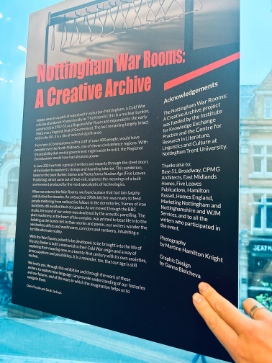
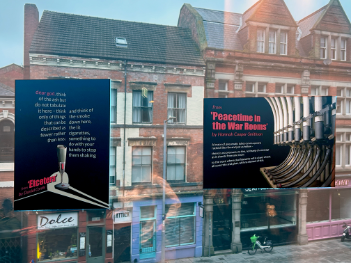
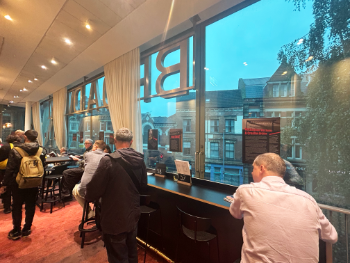
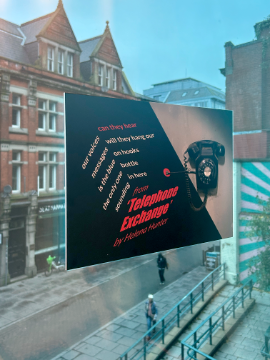
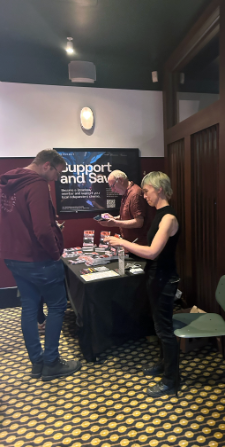
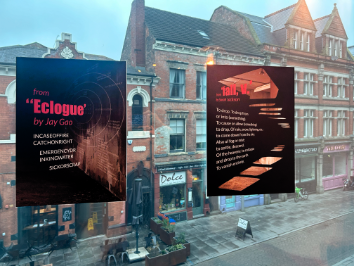

Bringing Themes to Life
Every design decision revolved around amplifying the emotional resonance of the exhibition. By aligning typography with the mood of the content and weaving imagery into the narrative, I transformed the bunker into more than a backdrop—it became an active participant in the storytelling. This cohesive design approach allowed visitors to engage with Cold War themes not just intellectually, but viscerally, making the stories both immediate and deeply personal.
What Others Say
"Ganna did a brilliant job designing the posters for an exhibition we had for the launch of a book I co-edited (Bunker: Stories and Poems from a Nuclear Age, Five Leaves Publications, 2024). She presented us with two compelling design concepts and produced 14 stunning images, combining text from the book with photographs of the nuclear bunker on which the book was based. She used a bold design style to tie everything together.
The work was produced quickly and efficiently, and Ganna was responsive to our suggestions for tweaks. We were extremely pleased with the result: a striking display that caught the spirit of the book. On the basis of this experience, I recommend Ganna warmly as a talented, creative and professional graphic designer."
— Daniel Cordle
"We love the full set of designs! What you’ve done is really inspired. It’s wonderful to see how beautifully everything has come together. Thank you so much for your contribution and for participating in the Knowledge Exchange event!"
— Sarah Jackson
This project sparked a creative challenge to rethink how text and imagery could merge with space, transforming the bunker into an integral part of the story. It pushed me to experiment with unconventional techniques, from layered perspectives to spatial typography, turning abstract ideas into a dynamic and immersive visual experience.
It pushed me to experiment with unconventional techniques, from layered perspectives to spatial typography, turning abstract ideas into a dynamic and immersive visual experience.